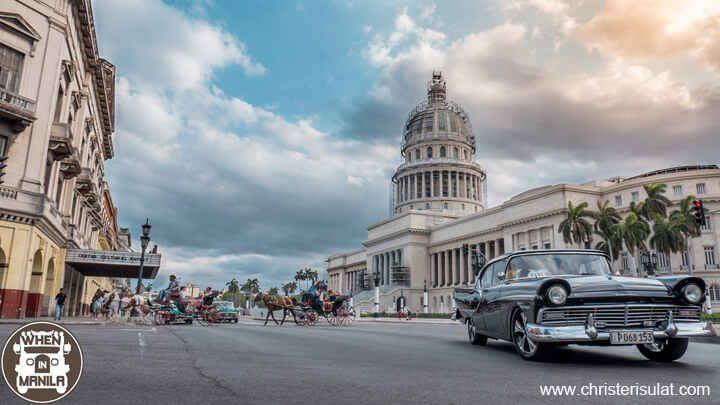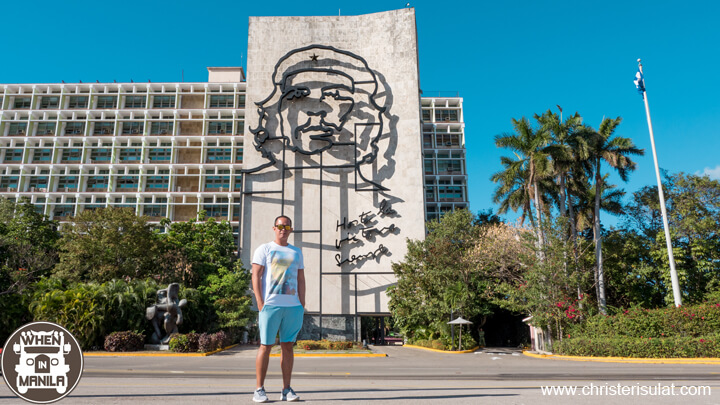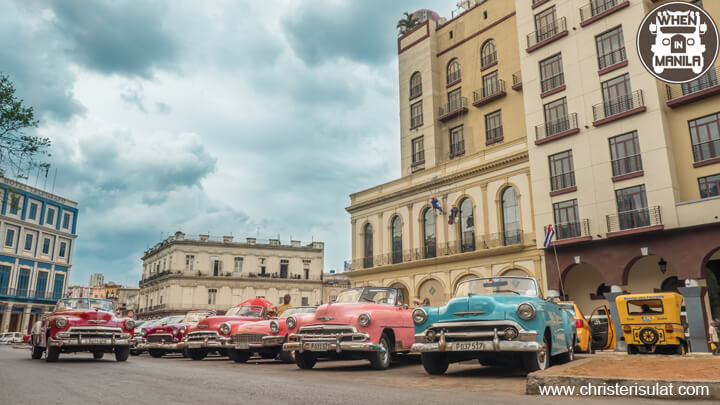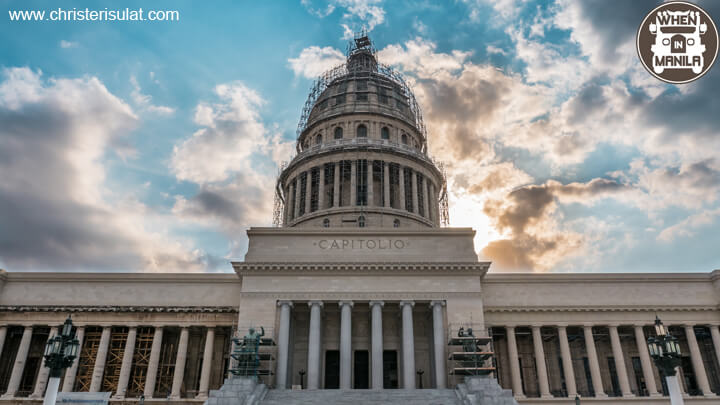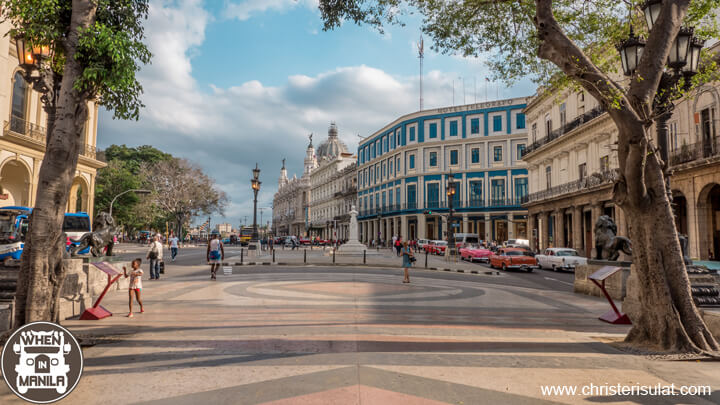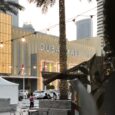What are the things that usually come to mind when someone mention sthe country Cuba? For me, it would be the iconic image of Che Guevarra popularly printed on shirts and caps, Cuban cigars, Bacardi Rum, and the period in history known as the Cuban Missile Crisis. Not much. Honestly, when I was growing up, this country was too riddled in obscurity, and heavily antagonized by the Western world that I never thought of reading about it, let alone visit it.
Around late 2014, I saw on the headlines that Barack Obama had ordered the restoration of diplomatic relations with Cuba. Along with it were images of the country depicting classic cars and old buildings. I found this really interesting and started to read about the country. As I did, I saw striking similarities to the Philippines, considering it was once under Spanish and American rule.
As I read on, I realized that the collapse of Cuba’s trade relations with the U.S. was the reason for the golden age of the sugar industry in the Philippines, specifically my home island of Negros and the city of Bacolod. The more I read, the more interesting it became, and I eventually had the urge to visit it. Finally, we made the trip last April.
For me, visiting Cuba was a revelation. Everywhere you look seems like a perfect photograph. It feels like stepping back through time to the 40’s or 50’s. Most of Cuba’s buildings and infrastructure were built between 1900 to 1940, and little to no improvements were made since.
Old buildings and plazas are adorned by equally old cars from the era. The U.S. stamped a trade embargo against Cuba around the late 50s, which made it impossible for them to import goods from the States. This explains why most of the cars in Cuba are from the late 50’s or older. I got so excited just walking around the city that I couldn’t decide if I should snap a photo, take a video, or just savor the moment.
Cuba has so much in common with the Philippines, considering it was once a Spanish colony. The buildings and the streets around old Havana are strikingly similar to our Intramuros (had it not been destroyed in WWII), or Vigan. Their national hero Jose Marti, who started the revolt against the oppressive Spanish, was also a writer, poet, and all around intellectual just like our very own Jose Rizal.
Cuba was also heavily involved during the Spanish-American war; and, like the Philippines, was also relinquished to the U.S. as part of the Treaty of Paris. Historically and physically, Cuba could be the Philippines’ long lost brother.
For me, Cuba’s striking beauty made sense and became relatable because of the country’s historical similarities to the Philippines. In the 5 days that we stayed, we were only able to stay in Havana, and spent a day in the beach town of Varadero because there was so much to see and do. Cuba currently sits on the top spot of my favorite countries that I’ve visited and I would definitely come back.
With the recent diplomatic changes between the U.S. and Cuba, visiting is relatively easier now. Just keep in mind that the Philippines is one of the 20 countries that is required to have a visa when entering Cuba. Acquiring a visa is almost guaranteed, but finding a Cuban consulate or embassy might prove to be a challenge.
For more photos of Cuba and other travel destinations, you can follow me on Instagram (@christer_isulat) or watch my Youtube travel videos at www.youtube.com/christerisulat
(RELATED: WATCH: This May Be The Best Aerial Video Compilation of the Philippine Islands Yet)

